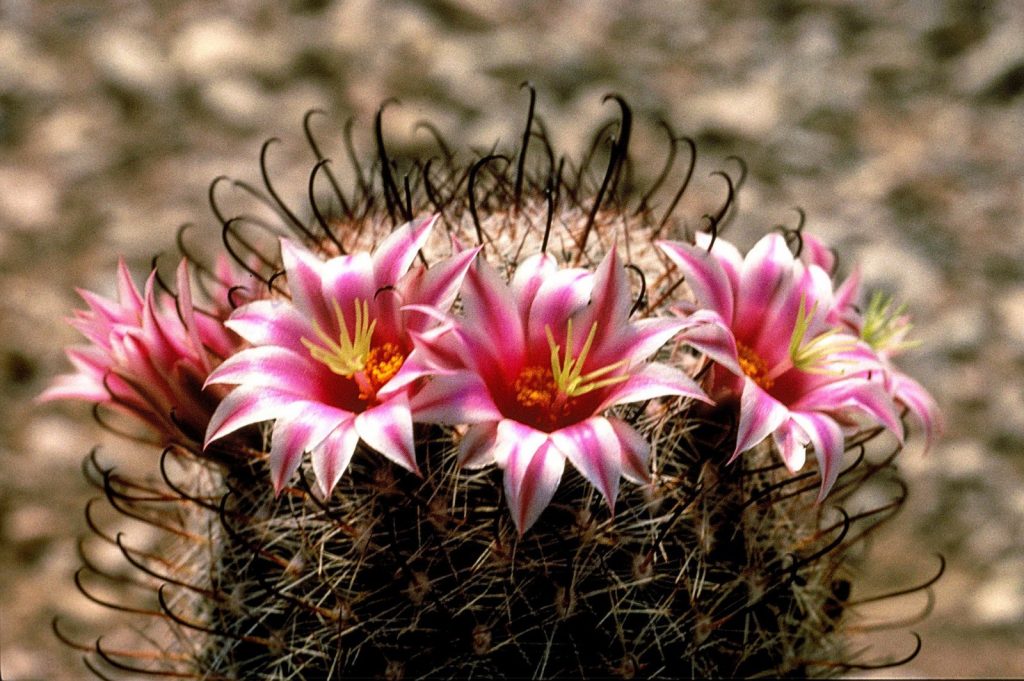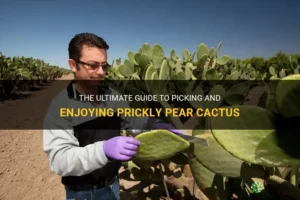Cactus plants, often revered for their unique form and resilience, also boast a spectacular array of floral displays. For those who cultivate these remarkable succulents, the sight of a cactus in bloom can be nothing short of mesmerizing. Exploring the intricacies of cactus flowers reveals a symphony of colors and shapes, highlighting the diversity within the cacti family. Let us journey through the enchanting world of cactus plants with flowers, uncovering the rich variety of blooms and seasonal gems they offer.
Understanding the Anatomy of Cactus Flowers
At first glance, cactus flowers often seem to bloom unexpectedly from the spiky exterior of their host plants. To comprehend the allure of these blossoms, one must first appreciate their anatomy. Cactus flowers typically consist of vibrant petals that can range from pastel shades to vivid hues, often forming in whorls. The central part of the flower houses the reproductive structures: the stamens, which produce pollen, and the pistil, where fertilization occurs.
In terms of structure, many cactus flowers exhibit a funnel shape or are tubular, which aids in attracting specific pollinators. Various species have evolved flowers that are not merely beautiful but also strategic, featuring traits such as nocturnal blooming to entice night-flying pollinators. This adaptation highlights the relationship between cacti and their ecosystems, demonstrating how these plants continue to thrive in arid environments through intricate biological processes.
A Glimpse at the Most Spectacular Blooms
Within the vast diversity of cacti, certain species are particularly renowned for their breathtaking blooms. One quintessential example is the Echinopsis genus, which includes the popular Easter cactus. These species can produce an abundance of large, vibrant flowers that often unfurl at night, displaying bright colors like pink, red, and orange. Their ephemeral beauty is a highlight of the growing season, often lasting only a day or two before wilting.
The Opuntia, or prickly pear cactus, offers yet another striking example. Its yellow and red flowers bloom atop flattened pads, with many varieties producing fruits that follow the flowering cycle. The flowers are not only visually stunning but are also significant to local wildlife, providing sustenance and habitat. For enthusiasts, cultivating prickly pear can yield both aesthetic pleasure and edible rewards.
Then there’s the Mammillaria genus, often referred to as the pincushion cactus. This genus displays adorable clusters of tiny flowers that can engulf the plant in a halo of color, ranging from white to purple. The uniqueness lies in their growth habit, with some species producing flowers from the upper crown, while others bloom laterally. Their delightful display is a testament to the diversity and adaptability of the cactus family.
Seasonal Blooms: Timing in the Desert
Flowering times can vary widely among cactus species, often dictated by environmental cues and climatic conditions. In many instances, cactus flowers herald the arrival of spring, as rising temperatures and extended daylight hours stimulate blooming. However, some species, like the night-blooming cereus, defy expectations by opening their blooms after dusk. This phenomenon not only creates an enchanting garden atmosphere but also reinforces the need for gardeners to understand their specific cactus varieties’ needs and behaviors.
Gardeners can expect a profusion of blooms during the warm months, as many cacti synchronize their flowering cycles with peak growing seasons. Recognizing the importance of factors such as irrigation, soil composition, and light exposure is essential for promoting rich floral displays. With careful attention, even novice cactus enthusiasts can achieve impressive results in their home gardens.
Care Techniques to Enhance Blooms
To cultivate a cactus that rewards its grower with stunning floral displays, one must implement tailored care strategies. First and foremost, understanding the water needs of cacti is critical; overwatering is a common mistake that can lead to root rot. Cacti thrive in well-draining soils and require periods of drought interspersed with deep watering. This allows the plant to establish a firm root structure and promotes healthier flower budding.
Moreover, providing adequate sunlight is paramount, as most cacti flourish in bright, indirect light. If grown indoors, a southern-facing window may offer optimal conditions. During the growing season, periodic feeding with a diluted, balanced fertilizer can also stimulate robust growth and bloomed flowers.
Additionally, it is advisable to prune dead inedible parts of the cactus, ensuring that energy is directed towards healthy growth and flowering rather than supporting decaying tissues.
The Joy of Seeing Your Cacti Bloom
Witnessing a cactus flower is more than a visual delight; it serves as a reminder of the extraordinary adaptability and beauty of nature. Whether experienced in a vast desert landscape or a small backyard garden, the blooms of cacti bring color and vibrancy to the environment. For enthusiasts and cultivators, the dance of blooms each season becomes an ongoing partnership with these resilient plants. As we learn to nurture and appreciate these magnificent flowers, we deepen our connection with the natural world, celebrating the ever-evolving cycle of life through the lens of cactus flowers.





Leave a Comment